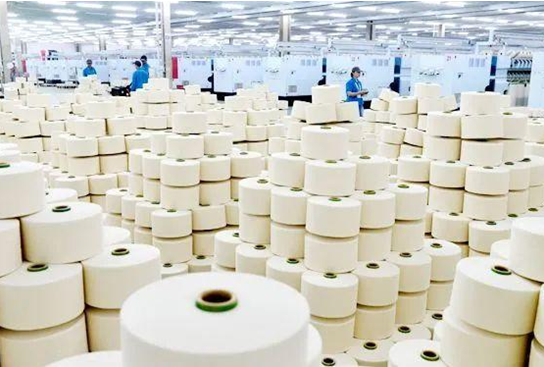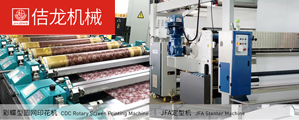Cotton textile “Golden September and Silver October” market trend?
Jun 19, 2020 | by zhaoxh

In June, the market confidence of spinning enterprises is even less. Enterprises generally believe that regardless of domestic demand or foreign trade, the downstream market will enter the off-season, and the cotton textile industry will once again face a big test. SMEs may face the crisis of production cuts and downtime again.
Since the end of April, the production and sales of cotton yarns and profitability of spinning enterprises have improved significantly compared with the previous two months. Some spinning mills’ finished product inventories have declined. The cash flow pressure has gradually eased. The purchase of cotton raw materials is mainly on demand.
As the global COVID-19 is still at a high-risk stage, textile and clothing orders and trade, transportation, retail, etc. in developed countries such as Europe and the United States have only been restored to a limited extent. In addition, due to large exchange rate fluctuations and uncertainties in Sino-US trade relations, both parties to the contract are very cautious. There are not many companies that have restored 30% to 50% of their export orders for services, and the domestic consumer market continues to play the role of a “mainstay.”
Some spinning companies said that June and July in previous years were the off-season of the market. In terms of exports, the EU, as one of the important export destinations, likes to take high-temperature holidays from July to September. France, Italy, the Netherlands and other countries need to take at least one month, so the export orders in the market in June and July have been relatively small, and they will increase again after August and September. The two or three months before Christmas will reach the peak, that is, “Golden September and Silver October”. Therefore, everyone is not very optimistic about the downstream market in June and July, and thinks that the market will not improve until August if it is fast. Global consumption of cotton and textiles has stalled for about two months this year, resulting in an imbalance between the supply and demand of cotton and finished products. I am afraid that it will be difficult to completely transform in the short term. The recovery of the overall industrial chain is expected to take one year or even longer.








